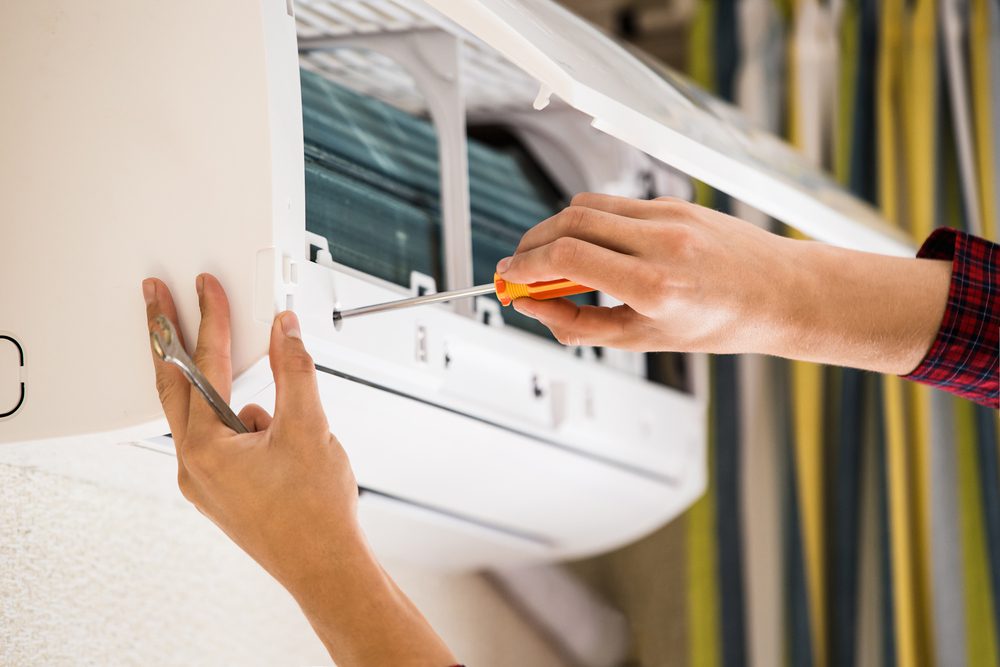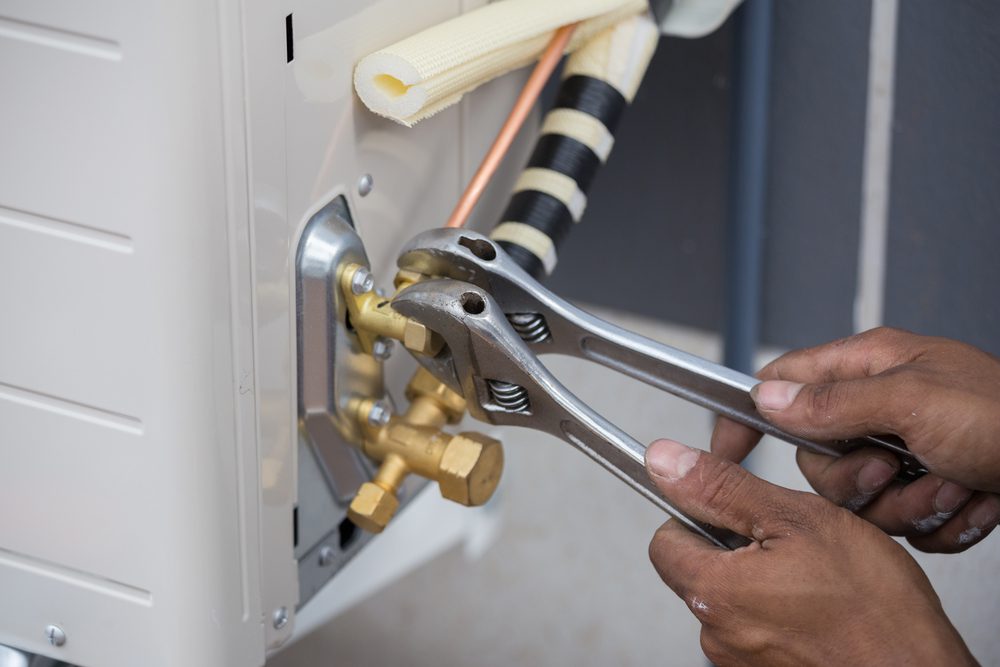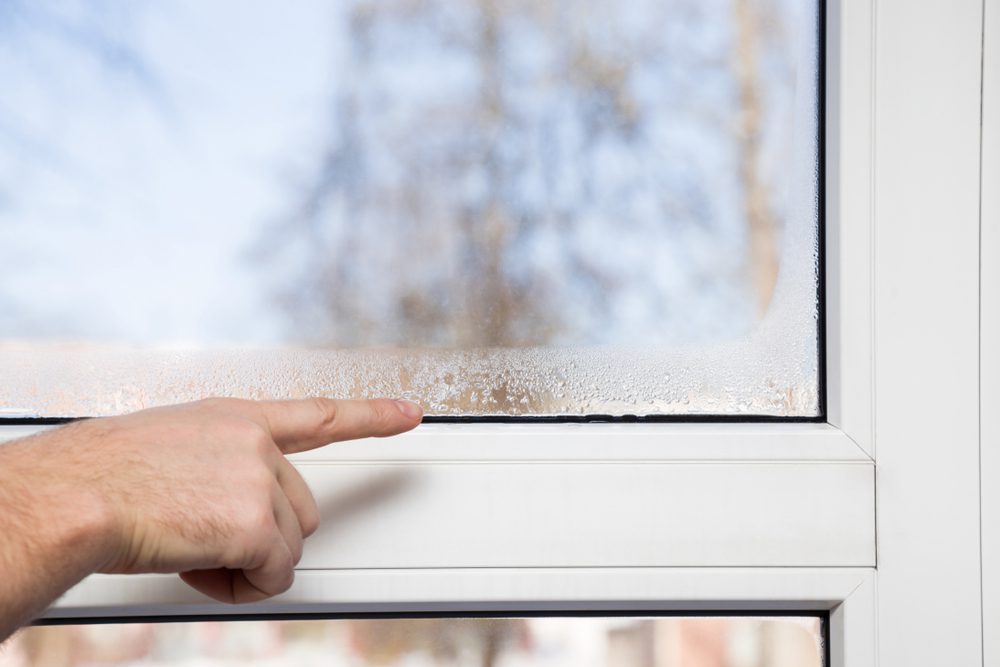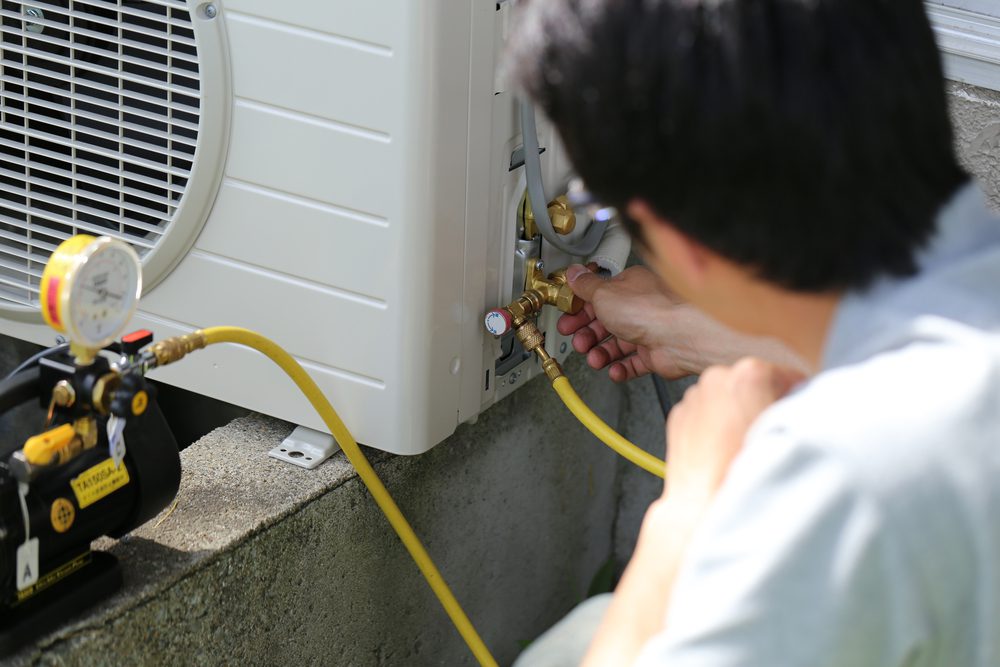
If your air conditioner is distributing warm air throughout your home, you may be researching ways to save money on a new HVAC system. Although it may be tempting to contemplate a do-it-yourself (DIY) air conditioner installation to save money, we do not recommend purchasing or configuring a new system without a licensed HVAC technician. To help you save money, we have compiled a list of 8 disadvantages of performing a DIY air conditioner installation and the benefits of hiring a licensed technician.
Drawbacks of Installing an Air Conditioner Without a Licensed Technician
Types of Refrigerant
Depending on the age of your central air conditioner, it may use R-22 refrigerant. This is a type of liquid that is designed to extract and remove heat from the air in households. R-22 refrigerant is a Chlorofluorocarbon gas that was utilized heavily in the 1930’s in central air conditioning systems. However, this type of refrigerant was phased out in the 1980’s and 1990’s when evidence emerged that it was contributing to the reduction of the ozone layer. The latest energy-efficient air conditioners for sale today are equipped with non-polluting R-410A refrigerants. If your old AC system uses R-22 refrigerant, it should be replaced by a certified technician to prevent the release of Ozone-Depleting Substances (ODS) into the environment.
Environmental Protection Agency Guidelines
In order to legally remove and install a new central air conditioner, you will be required to pass a test in order to earn a certification from the Environmental Protection Agency. The test and certification are designed to give you the essential skills required to handle refrigerant and Ozone-Depleting Substances (ODS). Although the test from the Environmental Protection Agency is not hard, you will be required to pay a fee to be eligible for the exam.
 Local Regulations & Laws
Local Regulations & Laws
A majority of cities and suburbs will require you to obtain a permit to remove and install a brand new central air conditioner. Since the process of collecting the proper paperwork and permits can be time consuming, we do not recommend performing DIY air conditioner installation. A licensed heating and cooling technician is familiar with the latest local laws and regulations and will help you collect the necessary permits in your city or suburb.
Strenuous Physical Labor
To properly remove an old central air conditioner with R-22 refrigerant, you will be required to purchase a specialized set of tools to safely detach the refrigerant lines and compressor in the outdoor condensing unit. In addition, a DIY air conditioning installation involves moving heavy equipment, mixing concrete, and replacing the central thermostat. To avoid airflow issues, we advise you to hire a licensed HVAC contractor instead of performing a DIY air conditioner installation.
Need Help? Our Team Of Certified Technicians Provides Dependable Air Conditioning Services in Reston, VA & Other Areas
Air Conditioner Sizes
In order to properly replace an air conditioning system, you will need to select a proper British Thermal Unit (BTU) rating to ensure your system is efficient. In most cases, an AC installation will involve modifying the ductwork and central air conditioner to provide sufficient air flow in each area of your household. If you accidentally purchase an air conditioner that is the wrong size, you may encounter issues such as high humidity, short cycling, and continuous operational cycles.
Signs Your Air Conditioner is the Wrong Size
Short Cycling
If your air conditioner is activating and deactivating frequently, this is a sign that it’s too large for your house. Since the system is too powerful, it will operate for a short period of time and use excess electricity. On the other hand, a properly sized air conditioner will operate a longer cycle at a lower capacity and utilize less electricity.
 Humid Air
Humid Air
Central air conditioners are engineered to remove heat and moisture from the air in your household. If the air in your house feels stale or sticky, you probably have an incorrect central air conditioner size.
Continuous Cycles
An air conditioner that is too small is required to run continuously throughout the day to maintain a low temperature and humidity rating. This will use a large abundance of electricity each month and will reduce the life cycle of your system. If the air in your house is too warm or humid, this may be due to an inadequate DIY air conditioning installation.
Warm & Cold Spots
When an air conditioner is too large, it will achieve your programmed temperature too quickly. As a result, the system will deactivate before the cold air is able to reach each room and area of your household. If you recently performed a DIY AC replacement and notice warm areas in your house, immediately call a licensed HVAC technician to confirm if your system is the correct size.
Did You Know Our Team Offers Emergency Plumbing Services Such As Sink Installation, Water Heater Repair, & Sump Pump Repair in Arlington, VA? Book An Appointment To Receive Help With An Issue
Dangerous Electrical Connections
The evaporator coils, compressor, condenser coils, and blower motor rely on electricity to remove heat and moisture from the air of your household. Once the old system is removed from your property, you will be required to integrate your new air conditioner to the electrical panel in your garage or utility closet. To avoid electrocution or a house fire, we do not recommend trying a DIY AC installation if you’re unfamiliar with wires and electricity.
 Proper Placement
Proper Placement
The latest environmentally friendly central two-stage and variable-speed air conditioners are designed to produce minimal noise while activated. On the other hand, even the latest energy-efficient outdoor condensers will produce noise. If you’re easily distracted by noises, we recommend installing the condenser and fan in a location that is away from doors, windows, or bedrooms. To ensure your outdoor condenser is placed in a proper location in your backyard, we do not recommend performing a DIY air conditioning installation. If you accidentally install the condenser in an area with limited airflow, this will negatively impact the efficiency of the air conditioner.
Manual J Heat-Gain Determination
Unless you are familiar with the process of performing a Manual J heat-gain calculation, do not attempt to perform a DIY AC installation. The Manual J heat-gain calculation from the Air Conditioning Contractors of America is designed to determine the proper heat-gain rating and central air conditioner size for your household. Prior to hiring a certified technician, it’s important to inquire about the process he or she uses to determine an air conditioner size. If the contractor recommend purchasing an air conditioner with an identical British Thermal Units (BTU) rating as your old system, this is a sign of inexperience.
Regardless of your skill set, an average homeowner will be unable to perform a do-it-yourself air conditioner installation project without the proper licenses and tools. If you need assistance with an AC replacement, give our team a call by phone at (703) 543-9649. We offer fast and reliable air conditioning installation in Purcellville, VA and other areas. Our technicians will help you replace your old old air conditioning system.
We also offer other types of plumbing and heating repair services for malfunctioning furnaces, broken water heaters, inefficient air conditioners, and gas leaks. Our team is available to answer your call 24 hours a day, 7 days a week. Our certified technicians have been providing trustworthy heating and cooling services to homeowners in Virginia since 1972.

